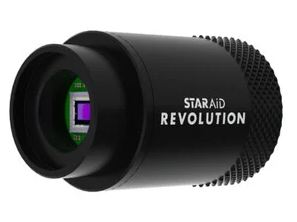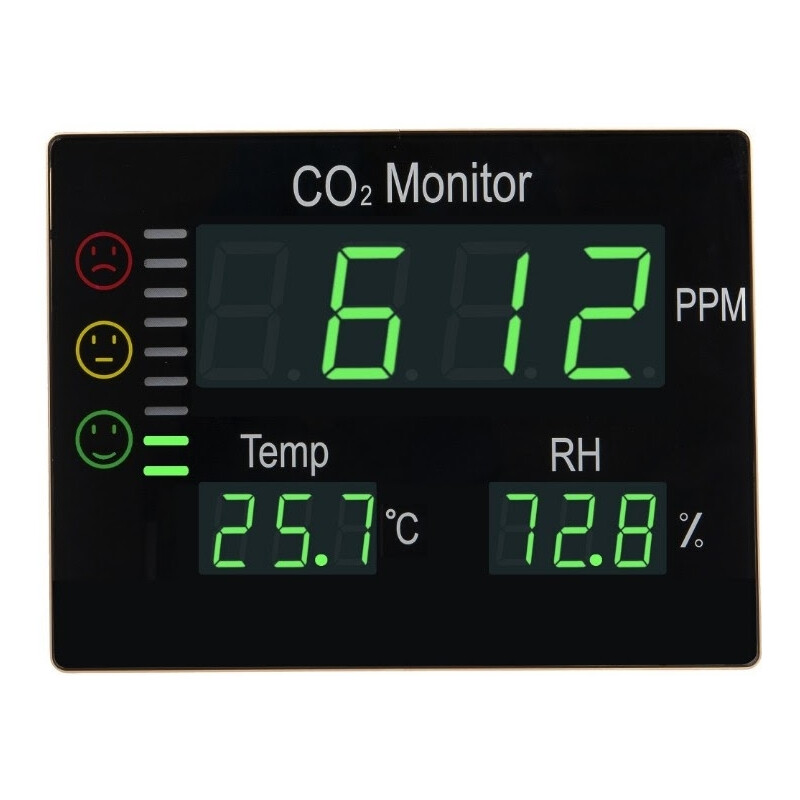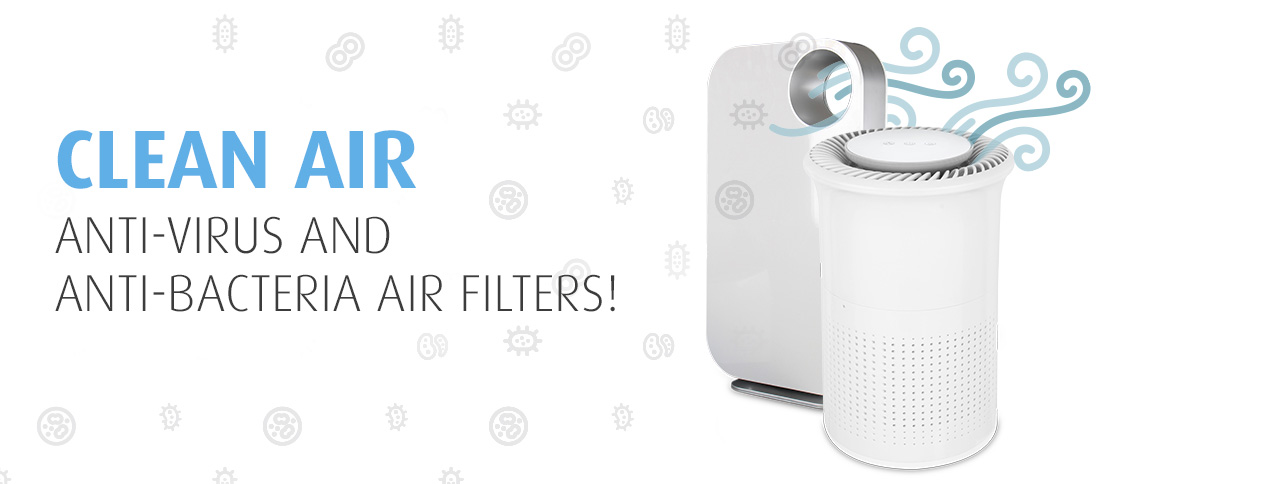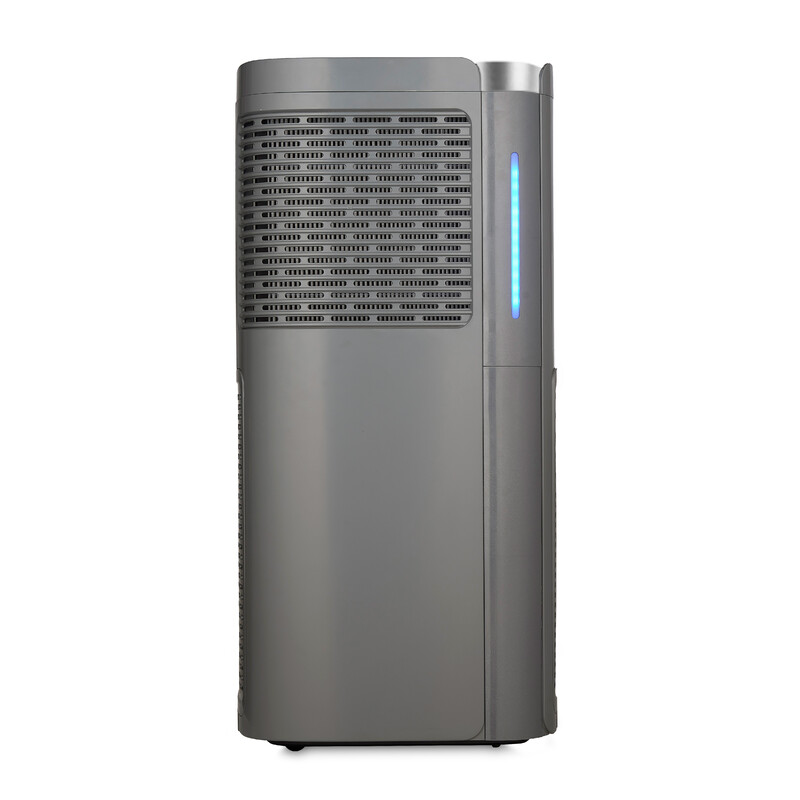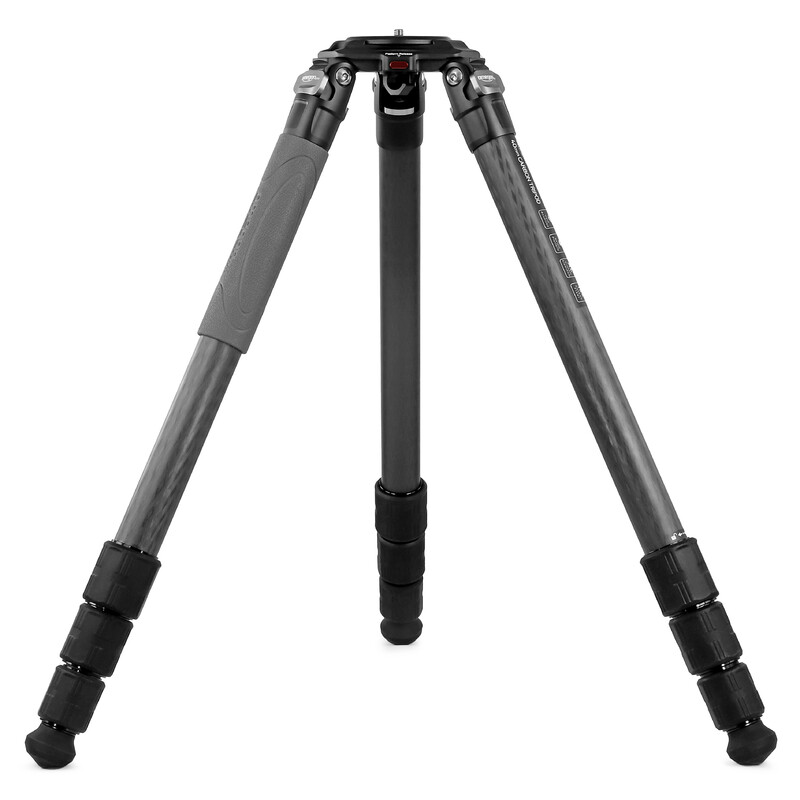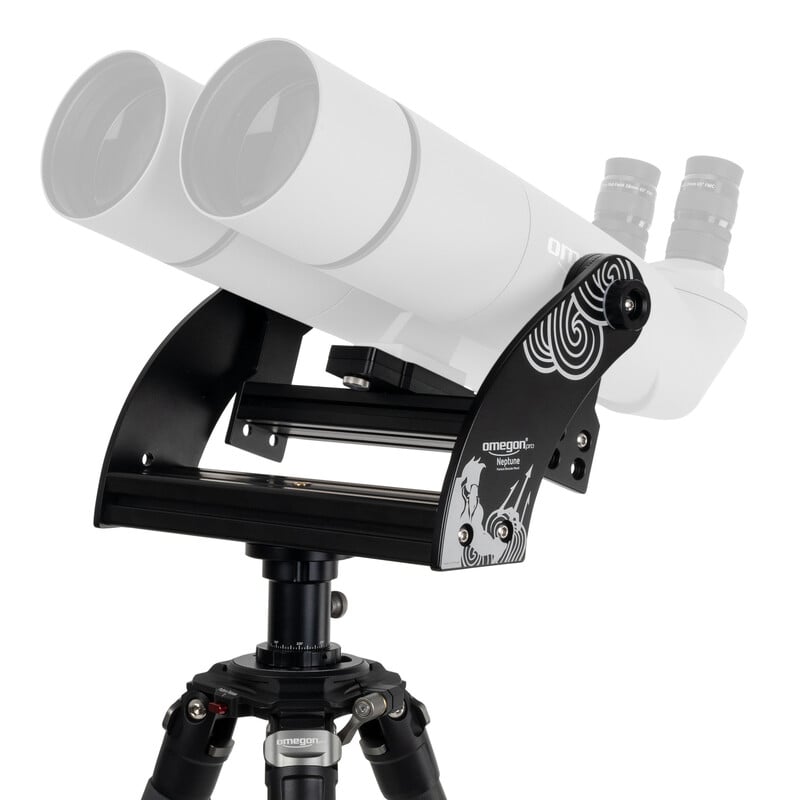Autoguiding is understood to refer to the automatic monitoring of the tracking of astronomical mounts. This monitoring is required for astrophotography in order to keep the targeted object steady on the camera’s sensor.
There are a multitude of cameras available for autoguiding, however they require a laptop or PC and suitable software. Now, standalone solutions are coming out which do not require these supports. The latest innovation in this field is the StarAid Revolution autoguiding camera. Tracking monitoring is extremely simple using this!
Plug & Guide: Connect the camera to your guide scope, connect it to your mount via the guide port, and voila! The camera kicks into action after around 30 seconds and sends corrective impulses to your mount’s motors.
But the StarAid Revolution can do even more: For example, polar alignment, the precise alignment of your mount with the Earth’s rotational axis. It is even possible to control the astronomical camera. An app is available for these additional options and also to monitor the tracking. In order to allow you to connect your smartphone to your autoguider, the StarAid Revolution creates its own WiFi network.
Revolution is a big word. Here, it really does apply!

